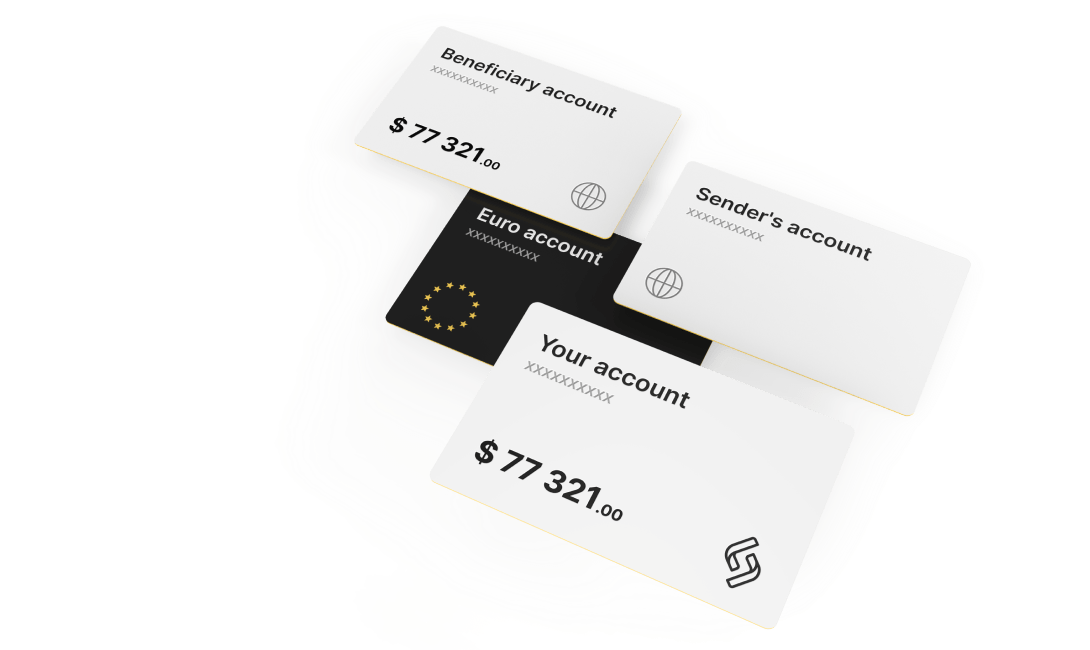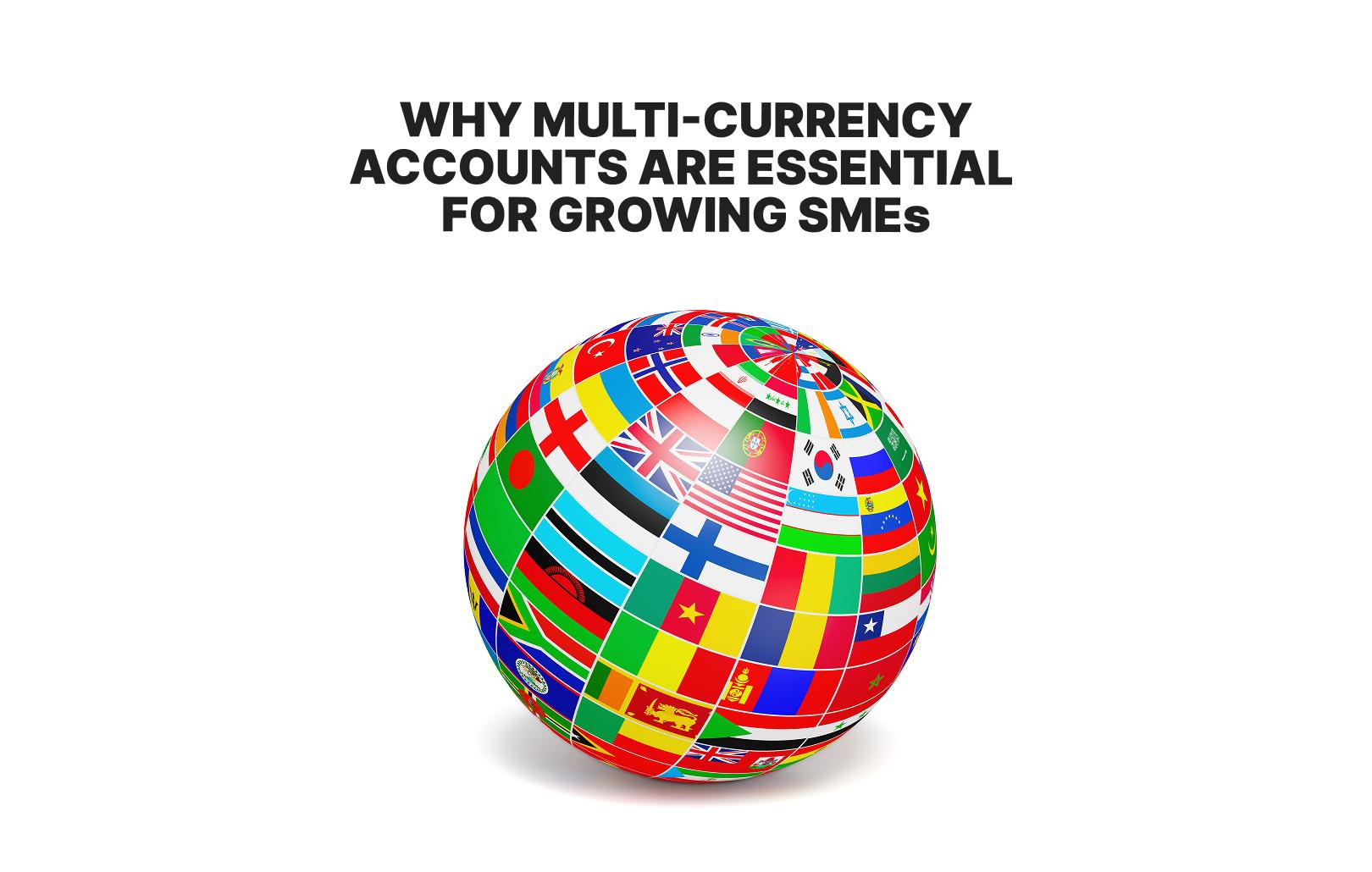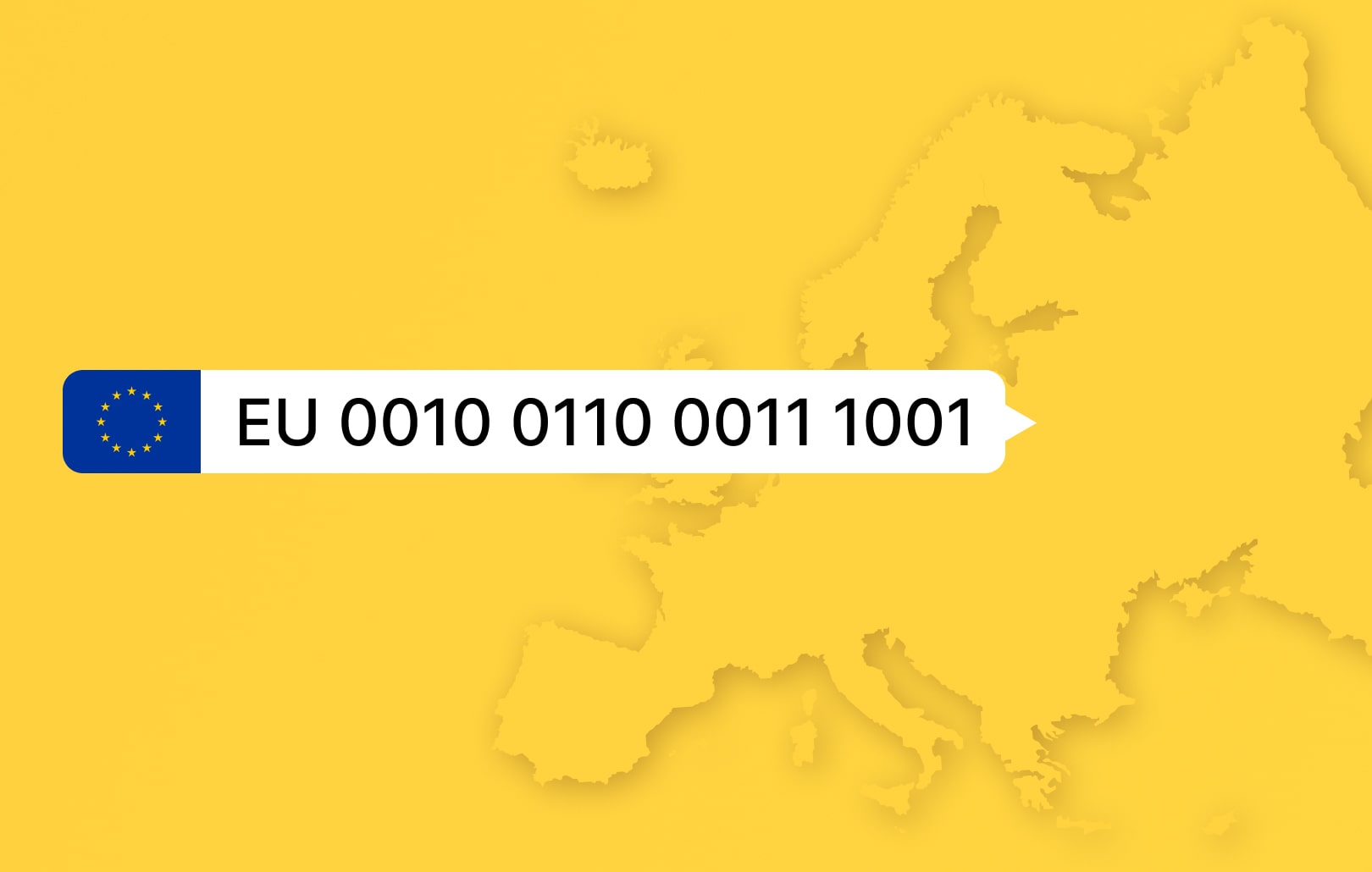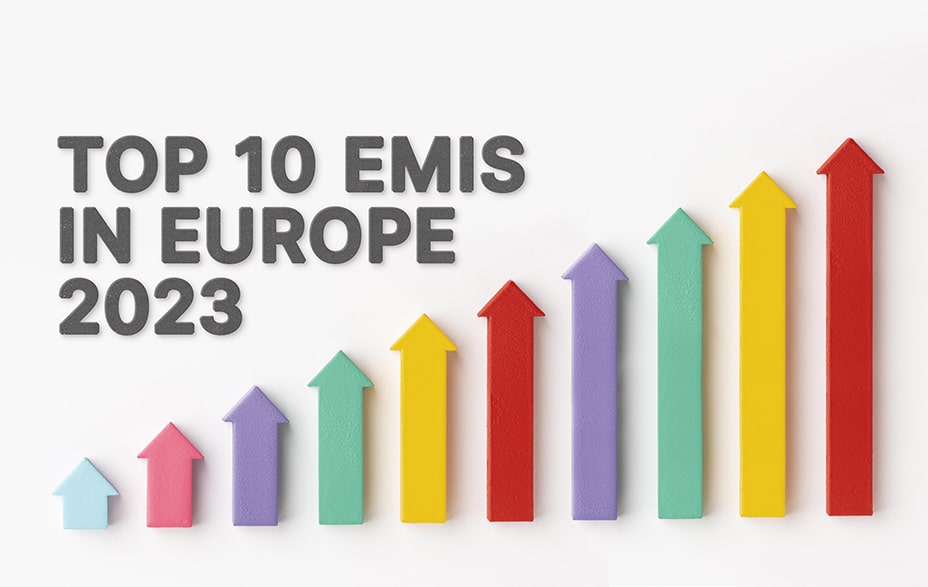How to Switch to Another Payment Account in 3 Easy Steps
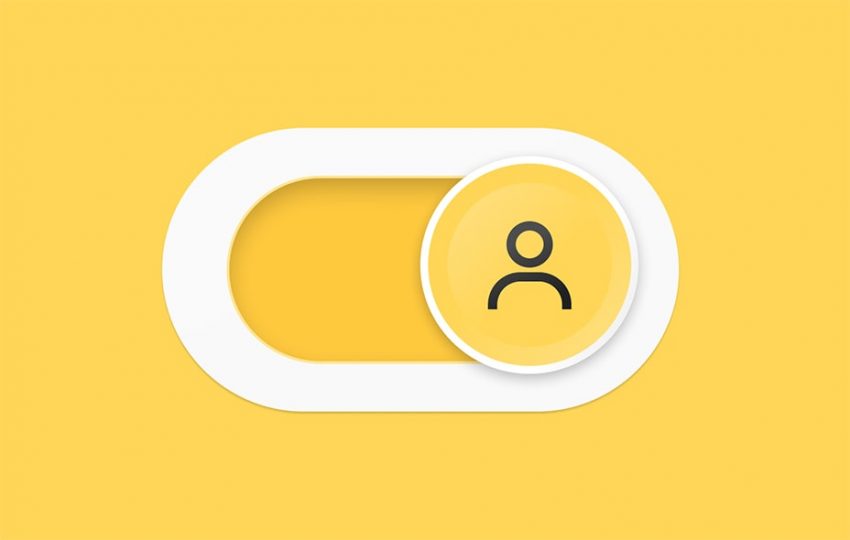
Fintech powerhouses: top 10 nations pioneering financial innovation
No matter who you are, where you live, and what job you do, you most likely have one or multiple accounts at financial institutions. A payment account is an essential tool that gives you access to several useful features for business and personal money management, allowing you to issue invoices, pay rent and utility bills, send and/or receive your salary, and so on. With widespread access to the Internet and mobile devices, as well as the expansion of the financial services market offering thanks to the boom of fintech companies, practically anyone in the developed world can easily open a payment account. Yet, the emergence of new players in the financial sector that offer innovative products and services often makes people wonder whether they can “cheat” on their old provider and change accounts. In this article, we will discuss all the details of transferring an account from one payment institution to another one, as well as the advantages and downfalls of doing so.
Why switch to another current account?
The reasons for switching accounts vary from case to case. It might be a result of pure necessity: for instance, you might need to relocate your funds if you’re moving to a different city or country. It might be because of a push factor in the case where you’re unsatisfied with the quality of service that your current provider is delivering. And, finally, you might also find yourself attracted to a new financial service provider that offers better fees, interest rates, or a more intuitive interface.
Depending on the new provider you choose, the perks of switching can include:
- Better interest rates
- Lower overdraft fees
- Discounts and shopping benefits
- Cashback
- Loyalty incentives
Keep in mind that switching usually comes with certain conditions, such as:
- A minimum amount must be deposited into the account every month;
- Perks are only short-term and expire once the introductory period is over.
This is why it is essential that you familiarize yourself with all the possible options before selecting your new provider and make sure that the offer will suit your needs in the long term.
How to switch payment accounts?
Is it difficult to switch financial institutions? No, as in most cases, it is very straightforward. But there are definitely some steps and precautions you can take in order to make your transition simple and smooth. Keep reading to find out what those steps are.
1. Screen The Market For Offers
Before making the transition, you will need a new provider and account where you can move your money. If we’re talking general categories, the fastest and most convenient method is to open an online current account with an EMI (Electronic Money Institution).
As you’re screening the web for a new provider, consider using the following checklist to help you make an informed decision:
- Account opening process (you can do it online at Satchel)
- Minimum deposit and balance requirements (we do not require either)
- Fees for account opening and maintenance, card issuance, transfers, etc.
- Features and benefits that suit your needs (e.g., e-invoicing, budgeting, multi-currency IBANs, etc.)
- Online and mobile financial services including SEPA Instant and SWIFT transfers transfers
- Cards types (check if you can order virtual payment cards)
- Interest rates
- Fees for cash withdrawal at other banks’ ATMs
Don’t forget that some providers offer attractive bonuses to get users to switch, so don’t forget to inform yourself about this type of reward. Also, keep in mind that you’re not limited to a single account with one financial institution. You might want to keep the major part of your savings in an account with a traditional financial institution and use a digital banking provider for a better experience with mobile banking, online shopping, and more.
2. Compare & Contrast
As mentioned previously, in order to make sure you choose a provider that really fits your needs, we recommend studying a few offers first. By comparing the features and benefits that different providers offer, as well as going through ratings and existing customer reviews, you will be able to protect yourself from signing with a provider that won’t be the one.
3. Send An Application
After you’ve made your choice, it’s time to open your account. Many modern financial service providers offer online account opening, which is often the most convenient way to switch accounts. In this case, you’ll need to submit an application, provide the necessary documents, and undergo virtual identity verification, whether it’s for a business or personal account.
Regardless of the provider you choose, you will be generally required to provide the following information to open a payment account:
- Full name
- Date of birth
- Tax identification number
- Passport or national ID
- Proof of address
- Phone number
If you are opening a business account, you will be required to provide the following:
- Business owner’s passport or national ID
- Proof of address
- Detailed business description (e.g., source of funds, website, main currency, etc.)
- Corporate documents (e.g., Certificate of Incorporation, Memorandum, Articles of Association, etc.)
- Supporting documents on clients/suppliers (invoices, contracts, draft contracts)
- Information about initial funding
In the case of online account opening, providers sometimes require you to indicate the planned account funding means, specifically your account number at your current financial service provider, an estimated number of monthly transactions, and an estimated amount of each transaction. This is done to better understand your customer profile and improve your experience with the services.
Some digital banking providers may also need to verify your deposit information before allowing you to transfer funds. This is usually done by making a small test transfer from your account with another institution to the new one, in order to confirm the validity of the data that you have provided.
In the case of opening an account in person, you will be able to make your initial deposit by withdrawing cash from your payment account. If the initial deposit concerns a larger amount, you can also use a certified check instead.
If your account opening application with a new provider has been approved, they will usually offer to make the account switch automatically.
How long does it take to switch accounts?
Researching the possible offers and selecting your new provider can take anywhere from 10 minutes to an entire day – it all depends on how familiar you are with the ecosystem and how well you understand what your needs are (and, of course, on your ability to ask Google the right questions).
Depending on the provider you choose, your new account can be up and running within minutes, hours, or a few working days. For instance, in the UK it will take your new financial institution 7 working days to switch your payments and transfer your balance under the Current Account Switch service. With digital banking, the process tends to be faster due to the digitalization and agility that it offers.
What if I have problems with the switch?
In the EU, Directive 2014/92/EU outlines the main principles of the account switching process and the rights that the user has in case anything goes wrong with the switch.
All financial institutions that support account switching must follow the rules below:
- The switch is conducted by the recipient provider with the assistance of the financial institution hosting the account that will be closed.
- The user has the right to choose the switching date.
- If there are any issues with the switch, the recipient provider is responsible for contacting you.
- In the event of errors, it is the financial institutions that bear the costs of any financial losses incurred.
Am I eligible to switch accounts?
This depends on your country of residence. If you are a legal EU resident, you have the right to open or switch your account in any country of the EU. In the UK, the Current Account Switch service is available for 99% of UK payment accounts, but to make sure that you are eligible for a switch, you will need to comply with a minimum monthly number of direct debits and the amount of incoming transfers.
Before you initiate the switch, we suggest you address any questions or issues you might have with your current or new provider.
Account switching benefits
Switching your account is a seamless and quick process that can have numerous advantages, depending on the new provider you choose. Making a transition to an EMI allows you to access innovative features, benefits, and incentives offered by those providers that tend to be heavily focused on user experience and personalization. Some providers even have switching incentives in the form of cash, discounts, vouchers, or other attractive perks.
Here are a few frequently asked questions about Europe’s most popular digital account providers you should consider:
FAQ
What day should I choose to switch my account?
It generally makes no difference at all what working day you select to make the switch. However, avoid setting the switch for days when you have direct debits or standing orders going out to make sure those transactions are executed smoothly.
Do I need to close my old account?
If you would prefer to keep your old account, you can do a partial instead of a full switch. The main downside is that it might take a little longer to complete the switch and you might not qualify for the best switching incentives, which are usually reserved for users that are doing a full switch.
What do I need to look for when choosing my provider?
We suggest looking for switching incentives, as well as fees, account opening process, minimum deposit and balance requirements, availability of online and mobile banking services, as well as any other features and benefits that fit your particular needs.
Do I need interest on my new account?
If you have a high balance and often go in credit, you might want to choose a high-interest or cashback account to make a better return on daily spending and savings.
What benefits will I get with a new account?
Depending on the provider you choose, you will be able to access a variety of perks, such as better fees, managing your funds from a mobile app, online account statements and transaction receipts.
What if I need more information about the account-switching process
If you seem to have found the right provider but need more information regarding the offer, we suggest you reach out to them directly and address all the issues.
Open a payment account with Satchel
Satchel is a leading European EMI, with HQ in Lithuania, performing international money transfers, fintech consulting, currency exchange, BaaS, SaaS, and card services since 2018.
With Satchel, you can open a business, personal, freelancer, or merchant account remotely, providing only basic documentation. All of our accounts come equipped with numerous features, including Mastercard payment cards that support contactless technology, which will help you streamline your money management. No matter where you are located, what currencies you use, or how often you transact, Satchel will offer you a solution tailored to your needs. Here are some benefits:
- Remote account opening
- 36+ currencies supported
- SWIFT and SEPA transactions with Unique European IBAN
- Virtual or physical Mastercard cards tailored to your needs
- Security ensured by 3D Secure, 2FA, and other tools & policies
- Currency exchange at the best rates
- Personalized tariff plans
- Responsive support team
